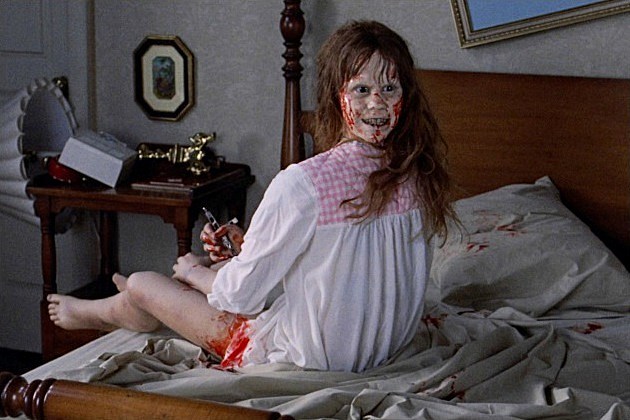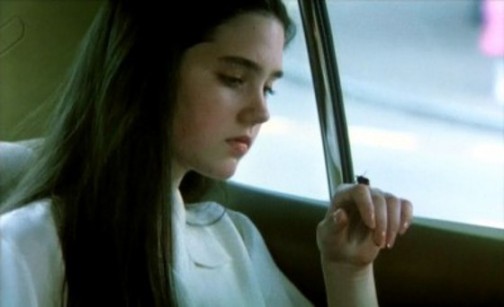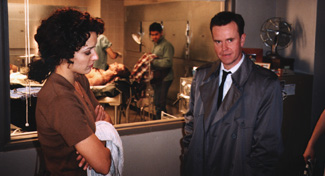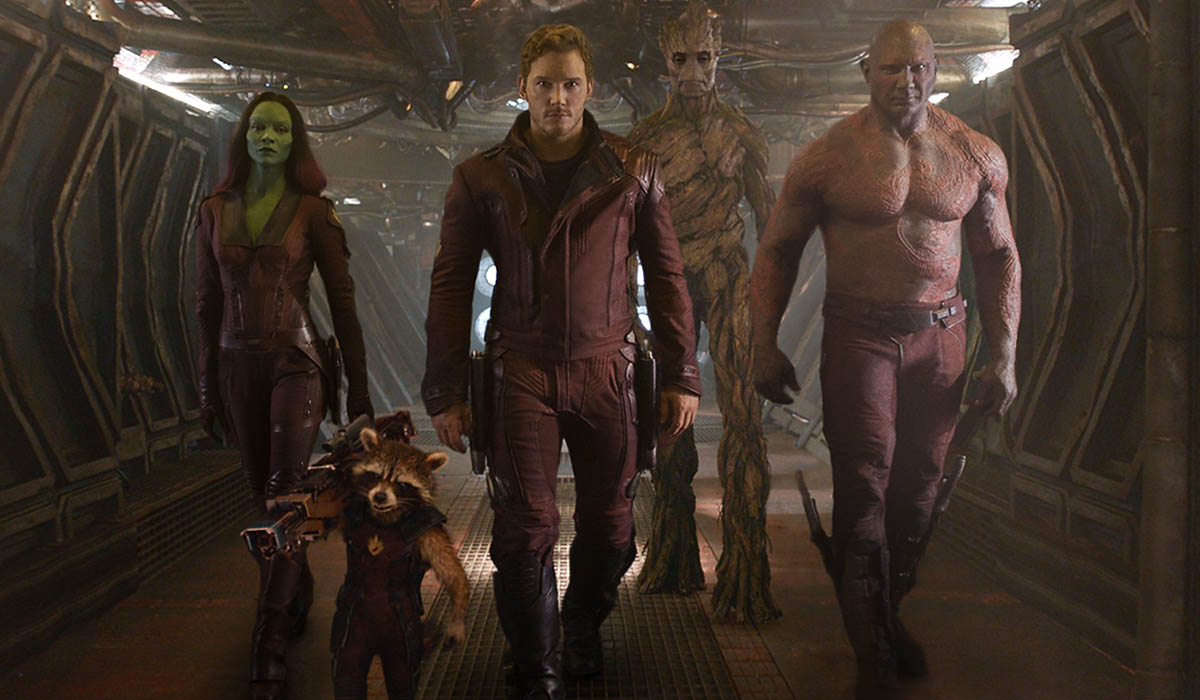 |
| This is one of the best couples in Bond history... |
“Then, when this mission is over, I will kill you."
1) This is one of those movies--probably due to the fact that Richard Maibaum has a new writing partner in Christopher Young--that shows you the Roger Moore James Bond we could have had. While the Moore punnishness and humor is still there, in many cases that humor is much darker in a way that fits the film’s world.
2) I think a lot of what makes Moore step up his game is working opposite Barbara Bach. The two have a palatable chemistry and create a credible complex romantic and professional relationship together. And while the final resolution of their story arc comes off as forced (and features some forced Moore-like humor), the two of them work very well indeed.
3) I know there are some people who feel Stromberg is a mite over the top, but I never felt that way. Curt Jurgens actually has a very good pitch as the ocean loving villain, remaining arrogant and smart throughout while also having that level of operatic a good Bond villian needs. If there is one flaw in Stromberg, it’s that he’s not as charming as other Bond masterminds (something Michael Lonsdale also fails at in the next film, but for the exact opposite reason; he underplays while Jurgens overplays).
| He bites...and that's one of the reasons he's one of the greatest Bond henchmen of all time. |
5) As delightful as Bach is, this film sorely needed more of Caroline Munro’s Naomi. She is certainly the epitome of the Bond Girl, and her brief, very flirty role adds some spice to this already flavorful film.
6) One of the things this film is not recognized for is that it begins a heightened emphasis on continuity. Besides making pointed reference to Bond’s marriage, the film introduces a number of characters who will recur throughout the next few films--primarily Walter Gotell’s Gogol, who serves as M’s opposite number.
 |
| You know what this film needed? More Caroline Munro in a bikini.... |
8) I find it fascinating how this film reflects the softening of relationships between countries. In addition to the relationship between Bond and Anya, we get an interesting dynamic between Gogol and M and a third act showing American and British naval personnel fighting side-by-side with Soviets. This is the beginning of a reorientation of the Bond franchise away from the cold war emphasis of previous entries.
9) This is one of Ken Adams’ crowning jewels--which is made all the more impressive given how badly his eyesight was failing at this time (he received an uncredited assist from Stanley Kubrick when it came to lighting the massive submarine dock sets). There are some gorgeous set designs that reflect the changing design esthetic of the70‘s while also maintaining the elegance most people associate with Bond villains. And while it’s obviously a model, Atlantis is a magnificent sight as it rises from the ocean.
10) I love the Lotus, and I’m even more impressed that its submersible qualities were not faked at all. Practical effects like this is something I continue to sorely miss.
Overall...Along with For Your Eyes Only (which is atypical of a Bond film), the best of the Moore era with very little to lament. Recommended.
































